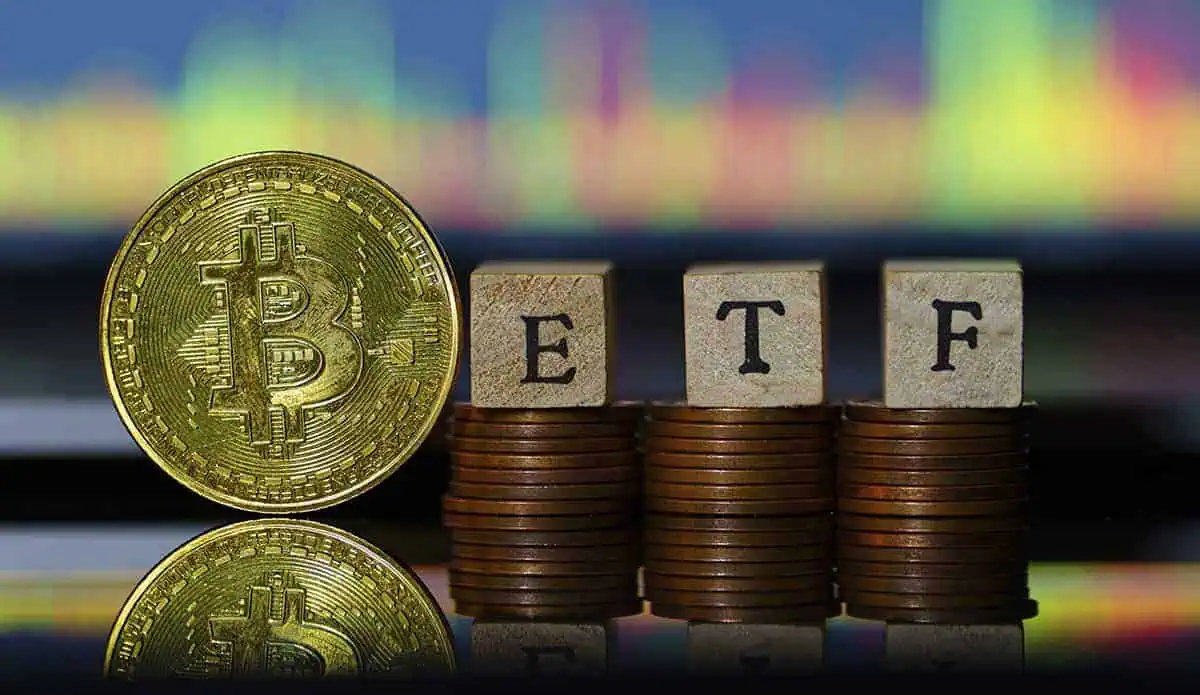
Bitcoin funds witnessed a remarkable shift. March saw a huge outflow totalling $888 million. Yet yesterday, investors regained trust with an inflow of $59.7 million. This turnaround could signify renewed confidence amid the much-awaited Bitcoin’s halving event, where mining rewards are cut in half periodically to control supply.
Bitcoin investors seem to prefer newer options over established ones. However, Grayscale’s Bitcoin Trust saw $45.8 million in outflows, while Fidelity and BlackRock’s Bitcoin trusts attracted $54.8 million and $29.3 million, respectively, suggesting a possible shift in investor preference towards recently launched bitcoin investment products.
Notably, BlackRock recently acquired 459 Bitcoin worth around $29 million—a significant purchase equal to the entire daily mining supply of new Bitcoin.
Bitcoin ETFs attracted diverse investment inflows, signalling a dynamic market landscape. HODL15Capital reported that Bitwise BITB received a $5 million net inflow on April 19th. Meanwhile, Franklin EZBC and ARK Innovation (ARKB) saw inflows of $2 million and $12.5 million, respectively.
Bitcoin ETFs Market Gains Momentum Despite Mixed Trends
Trading volume data paints a picture of robust activity. BlackRock’s IBIT had a daily volume of $1.27 billion, the highest. GBTC came next at $500 million, and FBTC at $334 million. Bitwise CEO stated their BITB fund gained $11 million inflow last week. Despite some outflows, this data signals investors remain engaged.
Generally, more people are investing and trading crypto, indicating growth. However, some issues remain. Grayscale’s GBTC struggles with fees, leading to consistent withdrawals. Meanwhile, BlackRock’s IBIT sees high trading volume but experienced concerning low inflows of $18 million last Wednesday and Thursday.
Despite these concerns, the overall trend for spot Bitcoin ETFs appears positive. The inflow surge coincides with the approaching Bitcoin halving event, historically linked to price increases. Analysts are drawing parallels with previous halvings in 2012, 2016, and 2020, which were followed by significant price appreciation. Whether this pattern holds true remains to be seen, but the current optimism in the Bitcoin ETFs market paints an intriguing picture in the lead-up to the halving.










